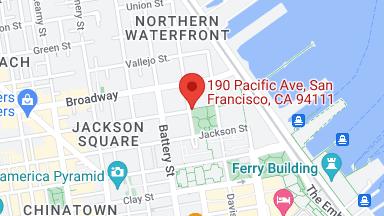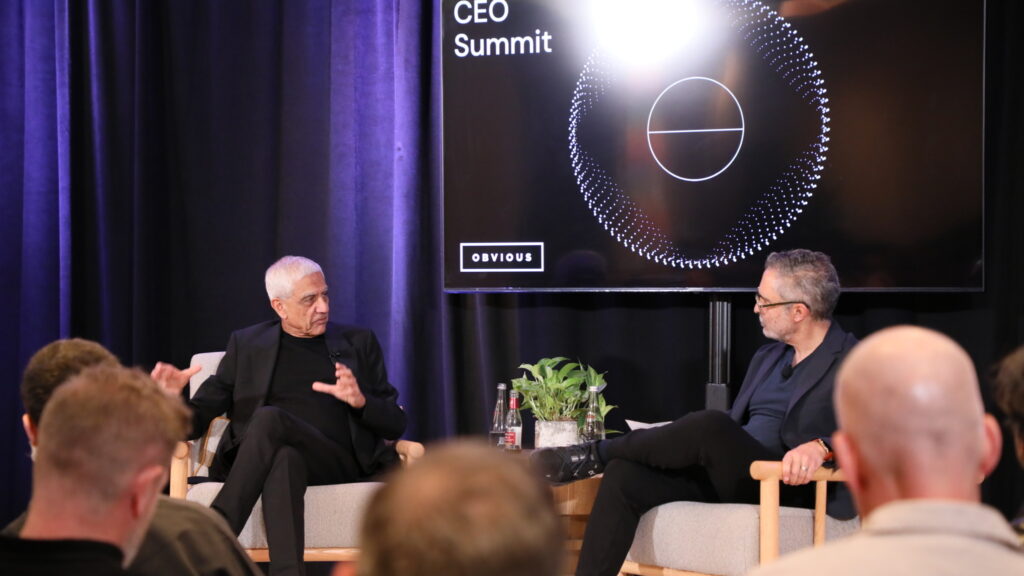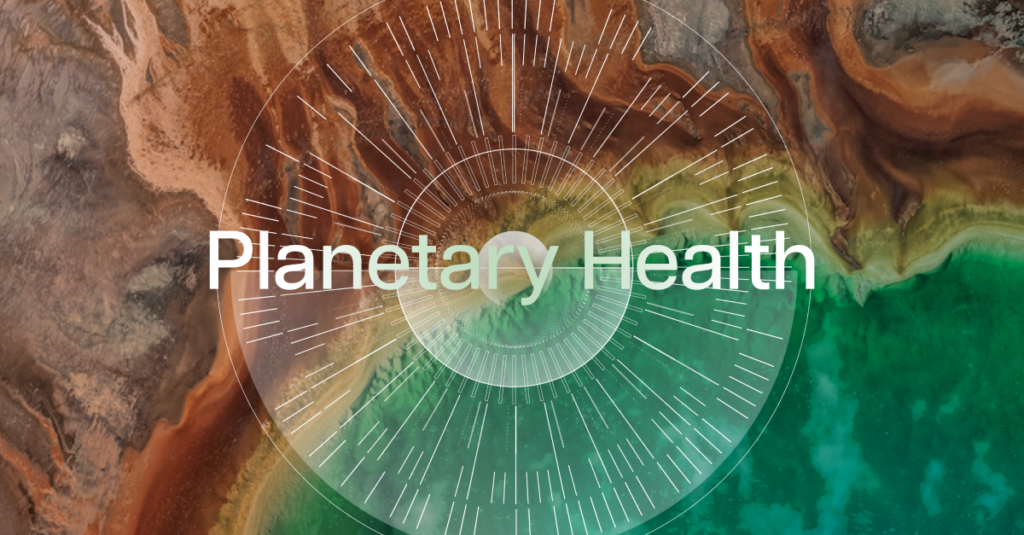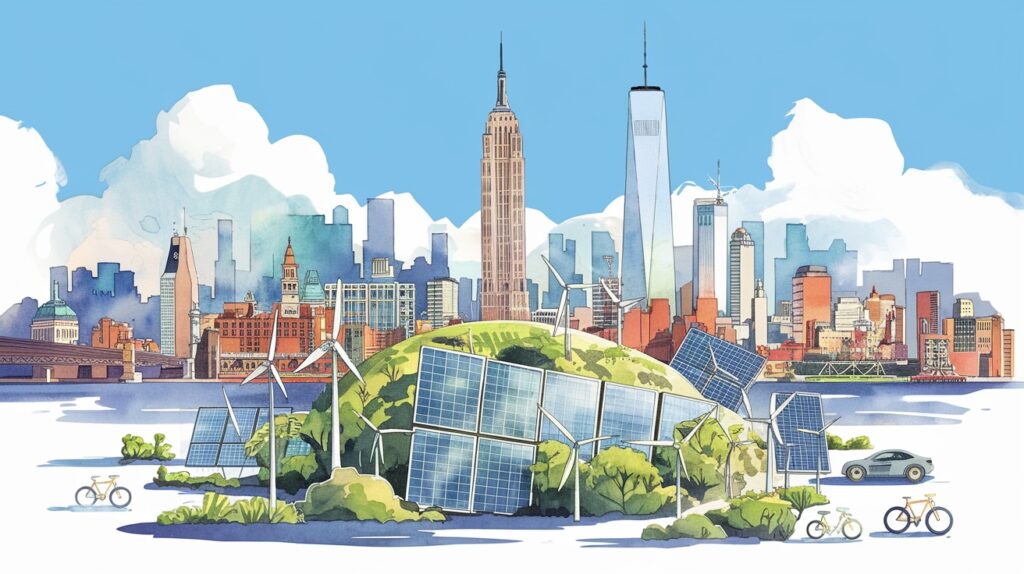Fixing the Carbon Market, One Credit at a Time
Building a blockchain-based carbon marketplace
Nick Fisher |
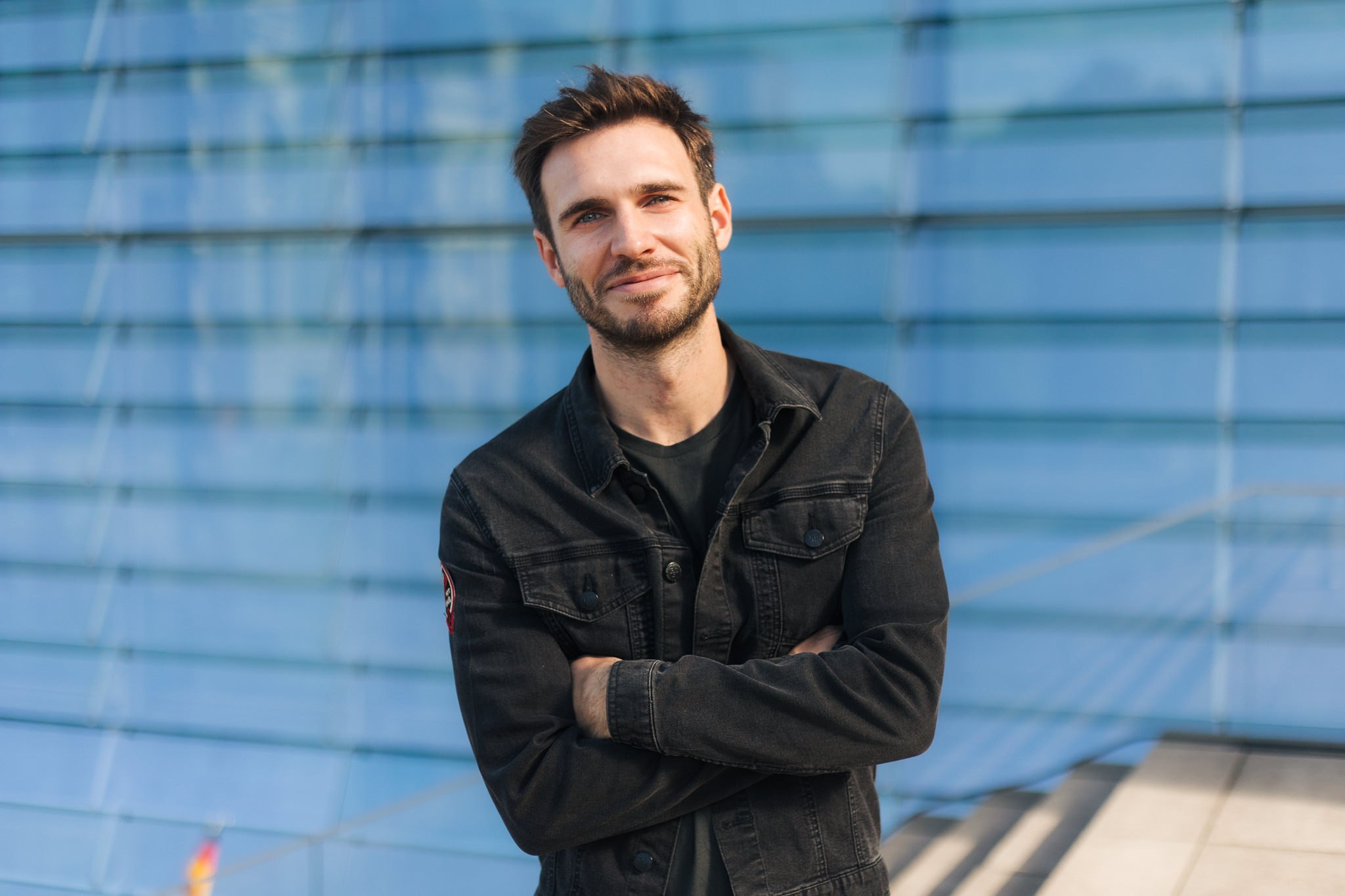
Adrian Wons got into mechanical engineering in the most German way possible: through cars. He never expected to take a hard right into sustainability and build the world’s first blockchain-based carbon marketplace.
Growing up, Adrian was always tinkering on vehicles with his dad. In undergrad, he studied to be an engineer in the automotive industry. He went on to study computational fluid dynamics for his master’s. He would test how wind streams go through the turbines on a computer and use the results to design wind turbines.
All this testing required enormous amounts of computing power. Sometimes the servers would run for a week straight to finish a test. So Adrian did what any enterprising college student with unlimited computing resources would do: he mined Bitcoin.
“The blockchain was always a hobby for me,” Adrian recalls.
That hobby quickly became his profession. Adrian became so interested in the blockchain and cryptocurrencies that he wrote a book about them in 2017 and went on to head the blockchain department at Ernst & Young.
By 2019, Adrian decided to focus on this other passion: the environment. He started a research center focused on sustainability for the University of Digital Science in Berlin.
The road trip

In 2021, Adrian and his girlfriend took a road trip through the South African countryside. He had been involved in the carbon markets back in Germany, and this was a perfect opportunity to see how a carbon recapture project worked in person. After speaking with several farmers, one thing quickly became clear: the voluntary carbon market was broken.
“On one hand, the market was so extremely inefficient, “ said Adrian. “But on the other, it had so much promise.”
Adrian saw projects with carbon credits sold for $2 to $3, while back in Germany, the same credits sold for $15. Intermediaries were pocketing the additional $12. This disparity went unnoticed because there was no way to track who was paying what.
What is a carbon credit or offset? And what does it actually pay for? The credit itself is like a claim. It certifies that either one ton of CO2 was removed from the atmosphere or not emitted in the first place. For example, a farm could change its method of disposing livestock waste. By storing their waste in a covered anaerobic lagoon instead of an open pit, the farm can separate the methane from the wastewater. Instead of being emitted into the atmosphere, the methane powers farm operations, and the remaining sludge is sold to a nearby banana plantation for fertilizer.
These carbon capture projects are often located far from the carbon credit buyers, making them notoriously hard to monitor. That’s how intermediaries charge commissions of 40 to 100%. It’s not like the technology to monitor projects doesn’t exist. There are soil sensors, satellite imagery, and drones. It’s just that none of that data is attached to the carbon transaction. Adrian saw so much potential in the carbon market but knew it could never scale if buyers had to pay highly inflated prices.
Making carbon credits easier
Around the time Adrian was ambling through the South African countryside, NFTs were blowing up. One of the main drivers was platforms like OpenSea, which made it easy to trade and compare NFTs. Adrian asked himself, what if we could make carbon credits as easy to transact as NFTs?
So he got to work figuring out what kind of characteristics would be written into a carbon credit on the blockchain. There were the basics like the location, the year the credit was issued, and what kind of sustainable development goals (SDGs) it supported. But Adrian also wanted an entire transaction history for each credit.
“The goal really is for the data and the transaction to be as transparent as possible,” he said.
Enter Senken
He took this early product and raised a seed round to co-found Senken in 2021 with Djamel Mekibes and René Schäfer. Together, they started building out what the platform could do. First on the list was adding all that sensor and satellite data into the credit. Senken was founded on the idea that the carbon market can only thrive with 100% transparency.
And it’s working. Once a transaction is initiated, Senken uses a smart contract to hold funds in escrow until everything is processed. And instead of a 100% transaction fee, Senken charges 2%.
Adrian chose to base Senken operations in South Africa. The company has developed good relationships with the project developers and helped onboard more of them to its platform by being closer to the carbon projects they support.
The next generation of carbon buyers
On the buying side, Senken has seen two types of customers. The typical multinational corporations who have always bought carbon credits and, more recently, investors looking to make a return in the growing carbon market.
This is the nexus of Adrian’s vision. By making the voluntary carbon market financially viable, it will rapidly scale up investment, which means more capital for more carbon projects. By 2030, the value of the $2 billion voluntary carbon market is expected to increase to $10 to $40 billion.
So what’s next for Senken? Right now, they are only in the voluntary carbon market, but eventually, they want to sell every type of climate asset and break into the $1 trillion compliance market.
“The end goal would be to have a one-stop shop for all climate assets,” Adrian said.
The blockchain also allows them to offer partial credits in any amount. As of now, most sellers offer a minimum of one ton. Senken wants to allow buyers to set all kinds of criteria, from amount and location to age and SDG. By centralizing all these climate assets and making them easy to buy, Adrian hopes to build a marketplace of transparency and trust that will enact real change on a global scale.
